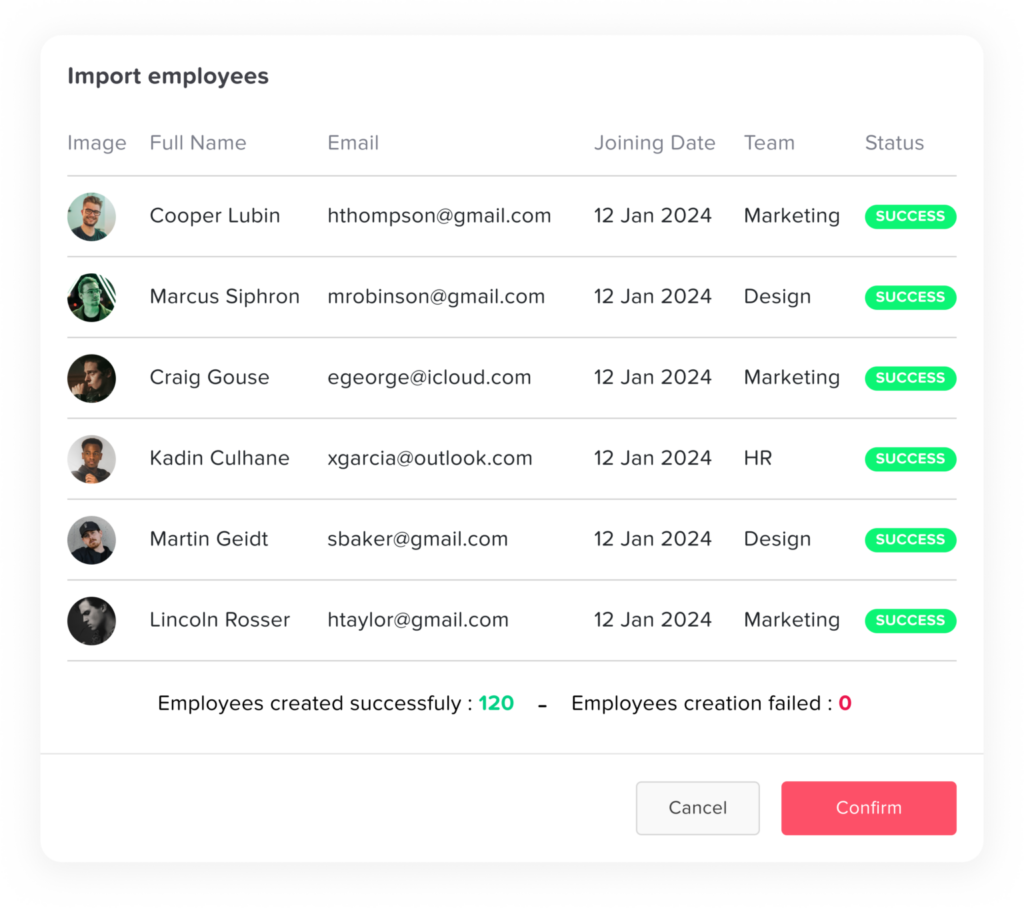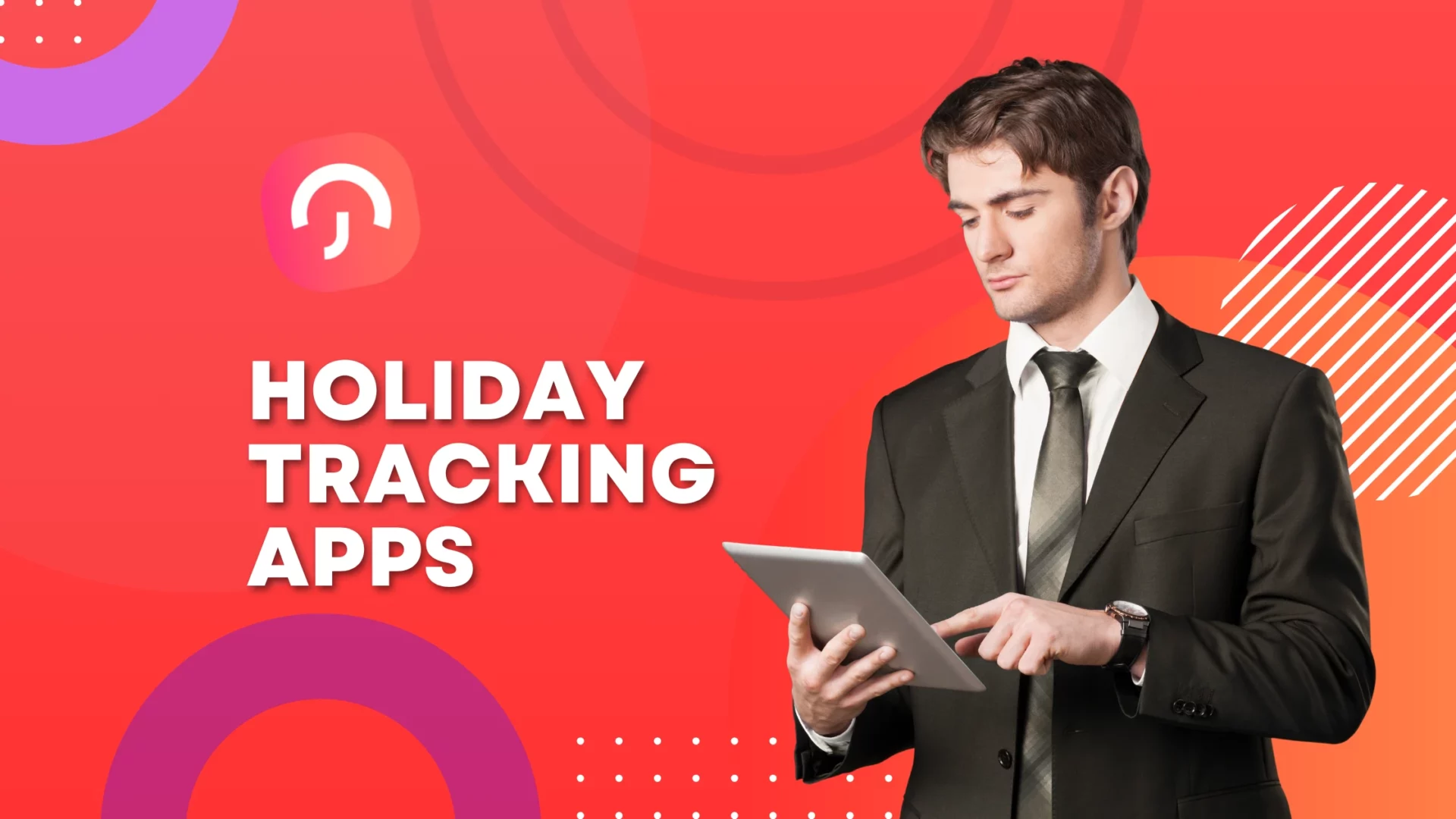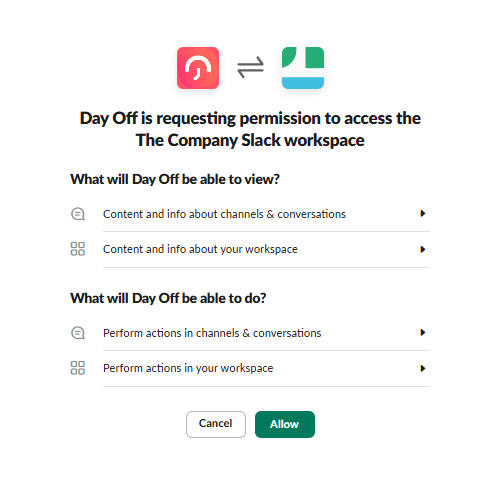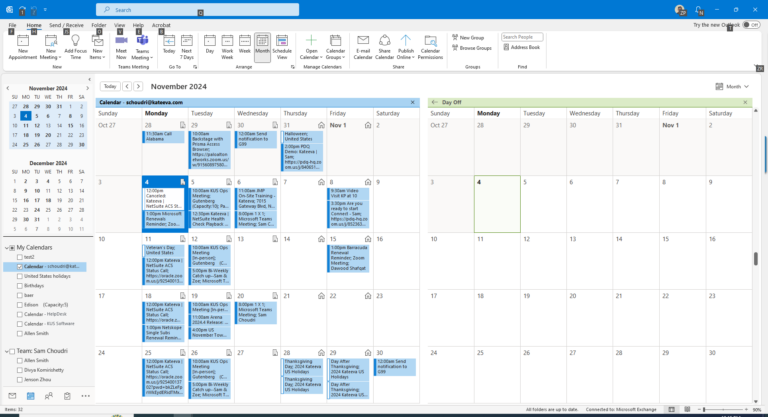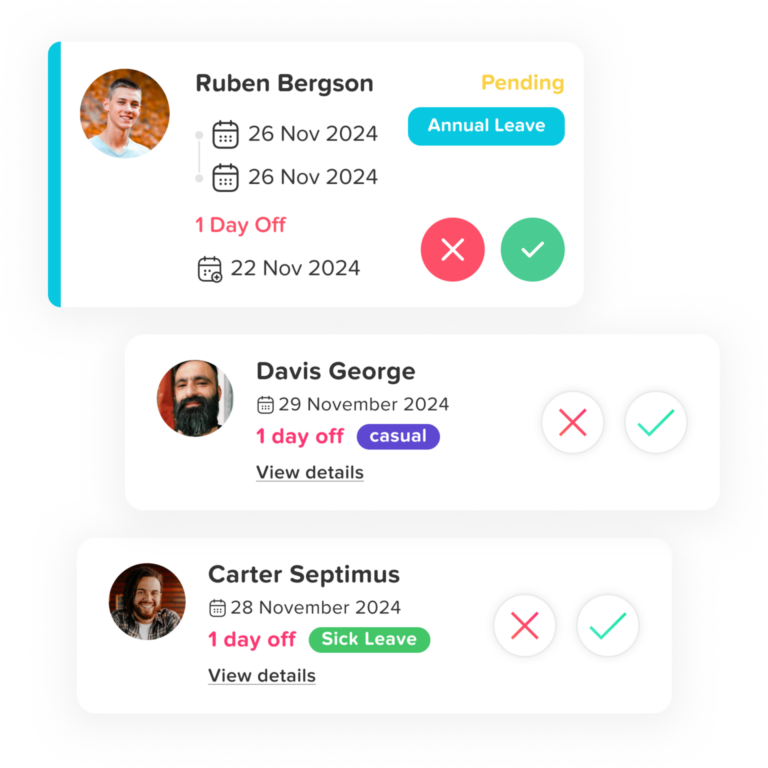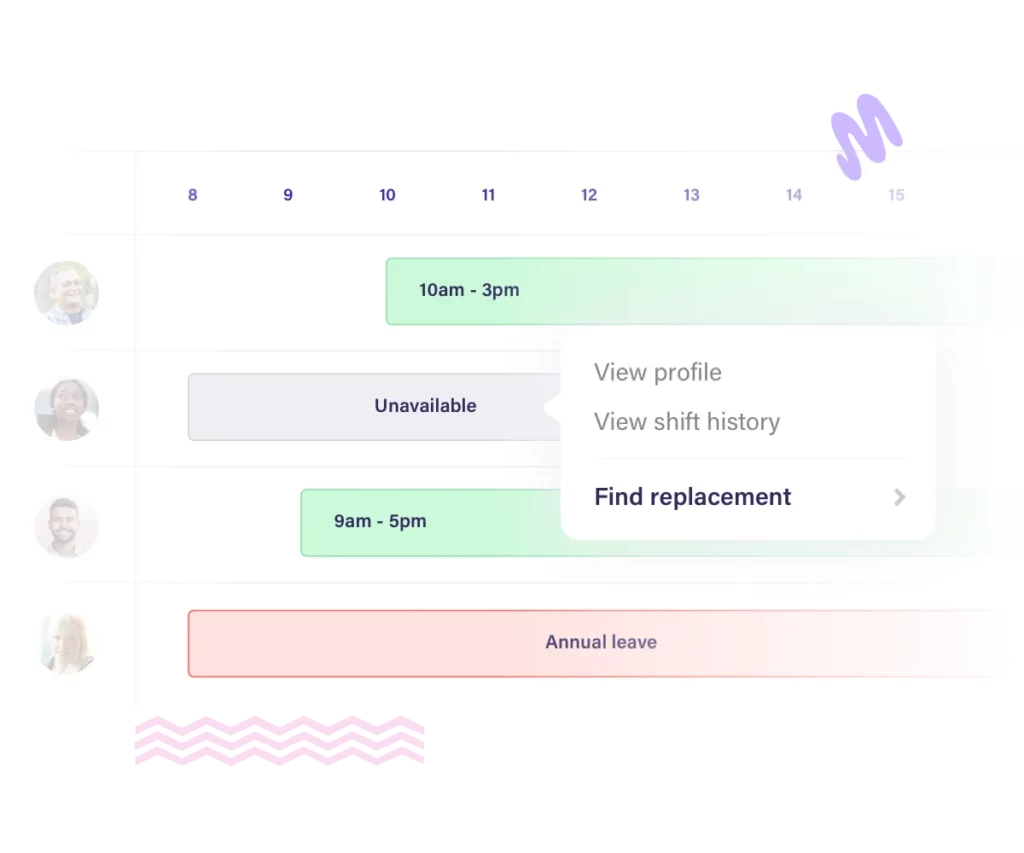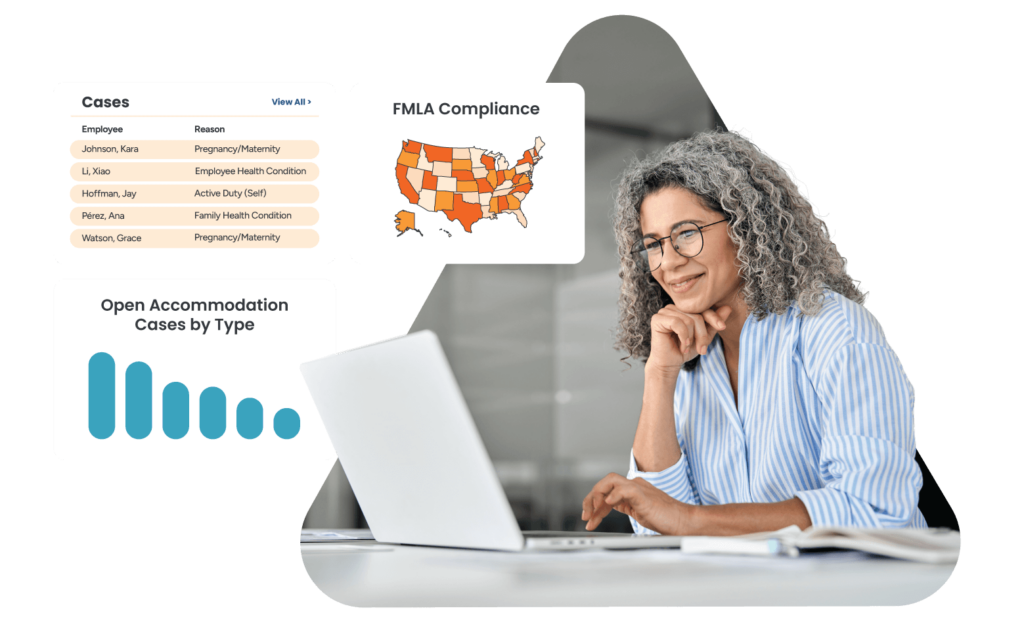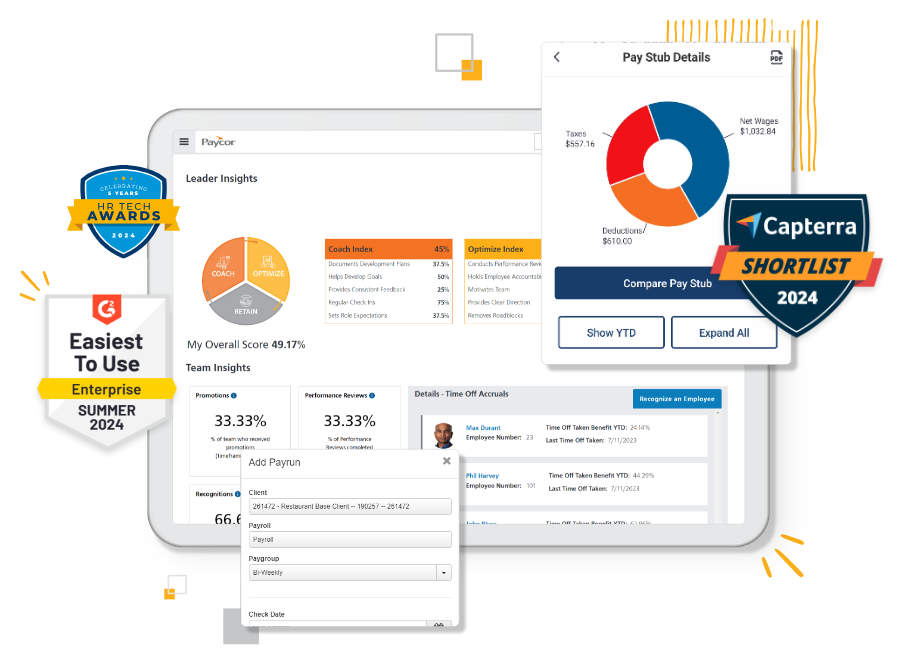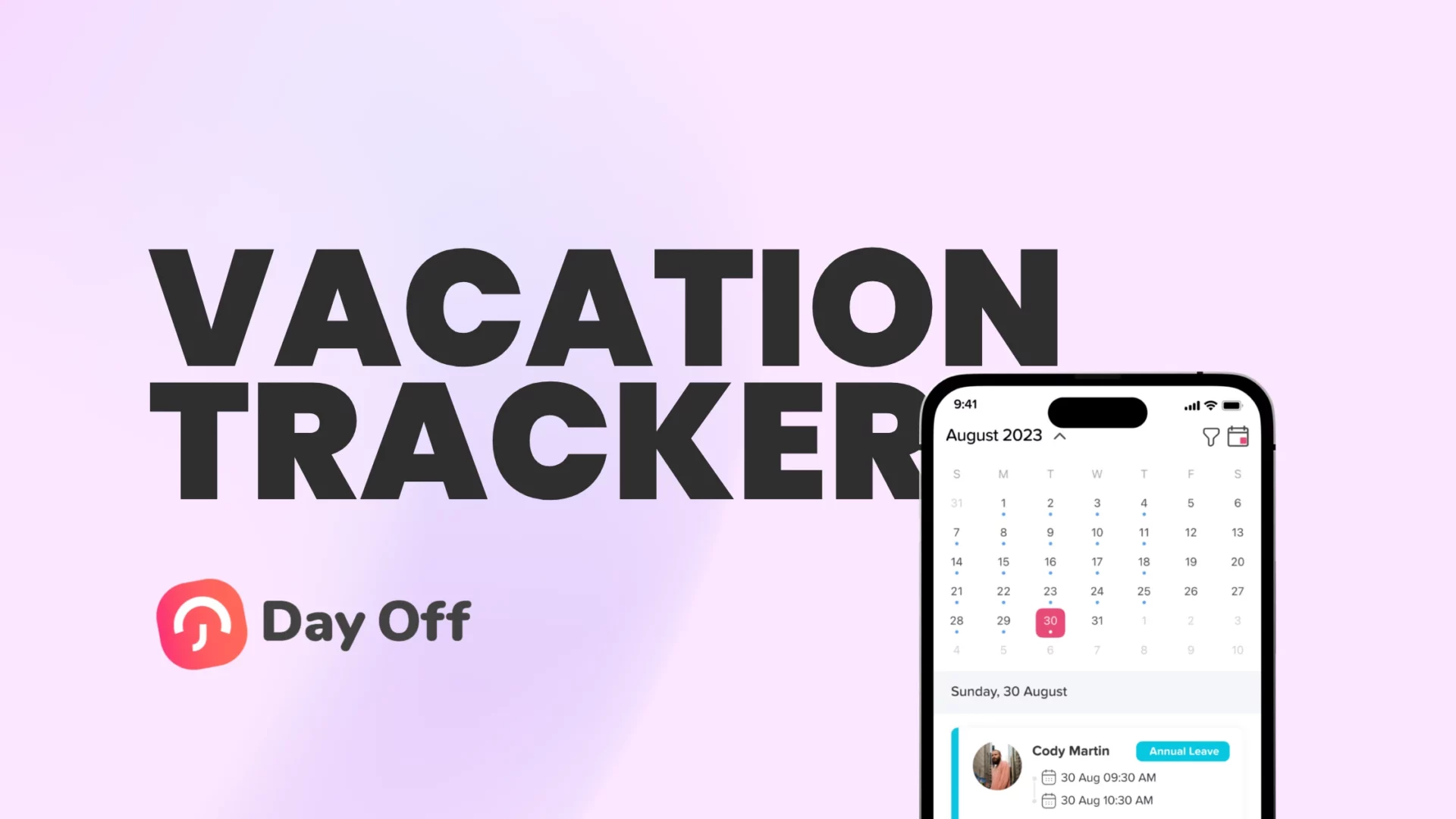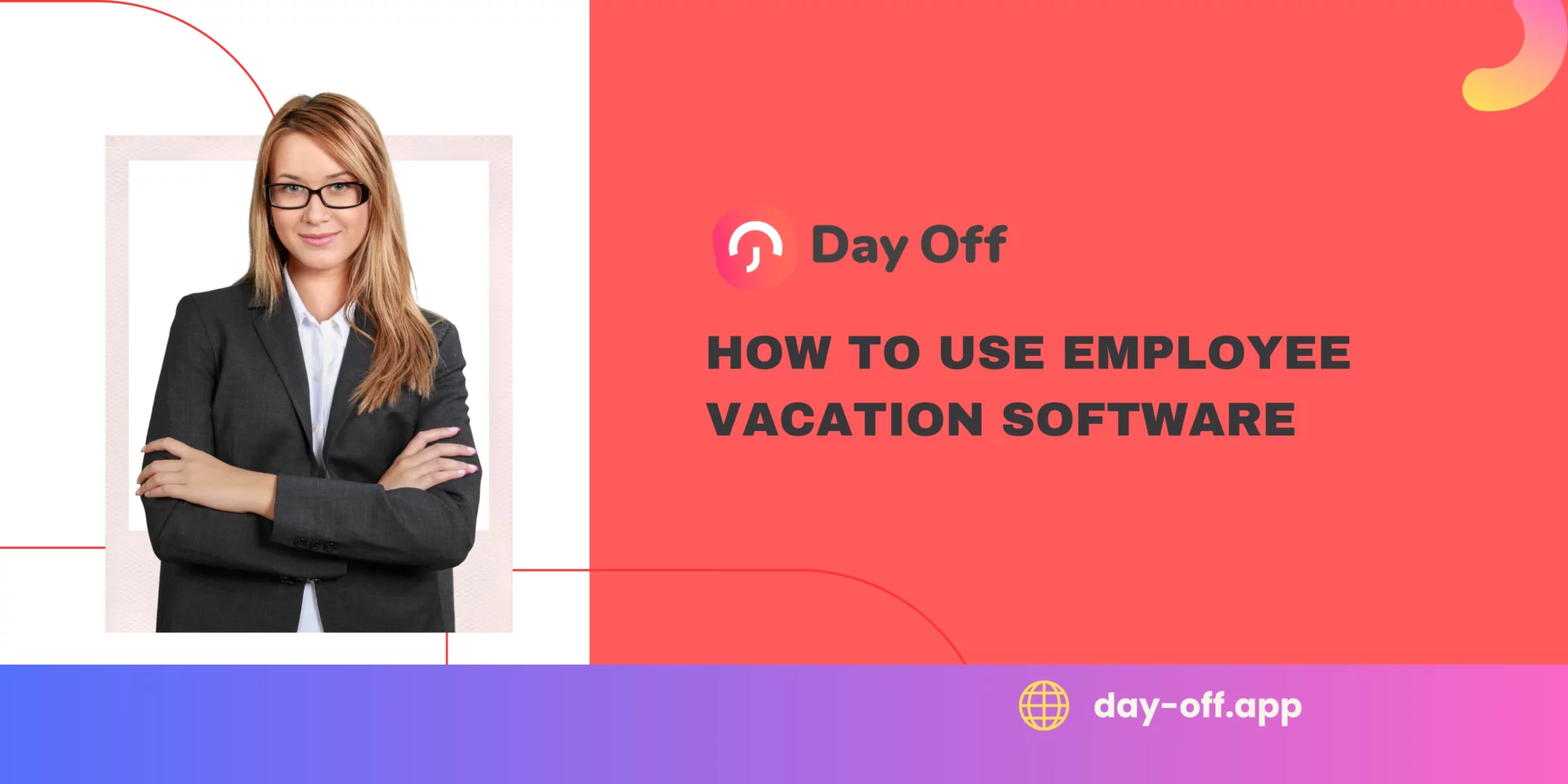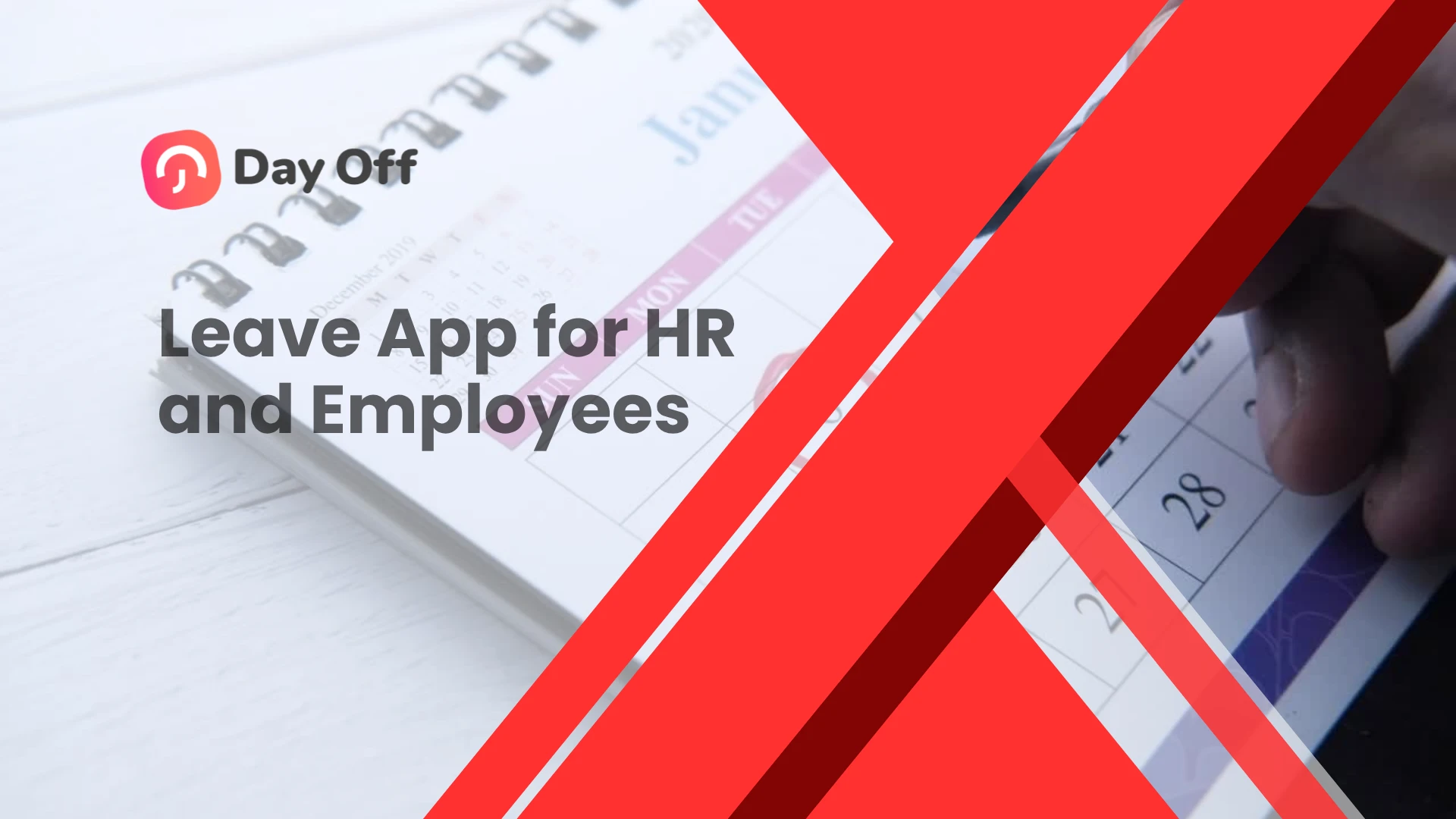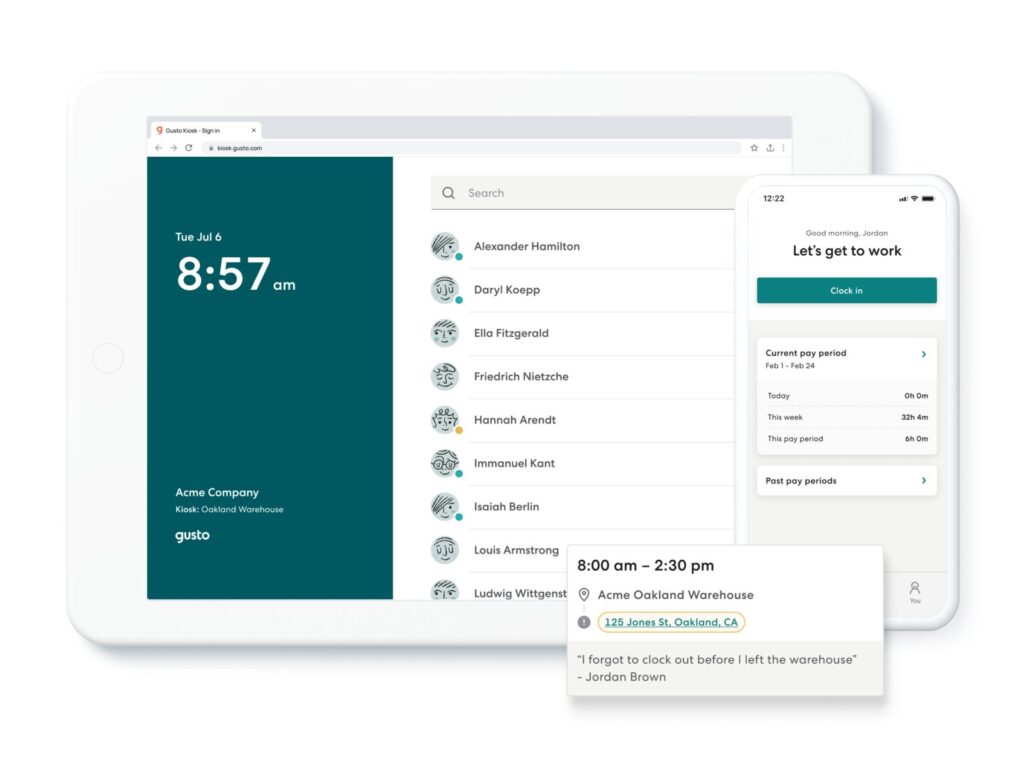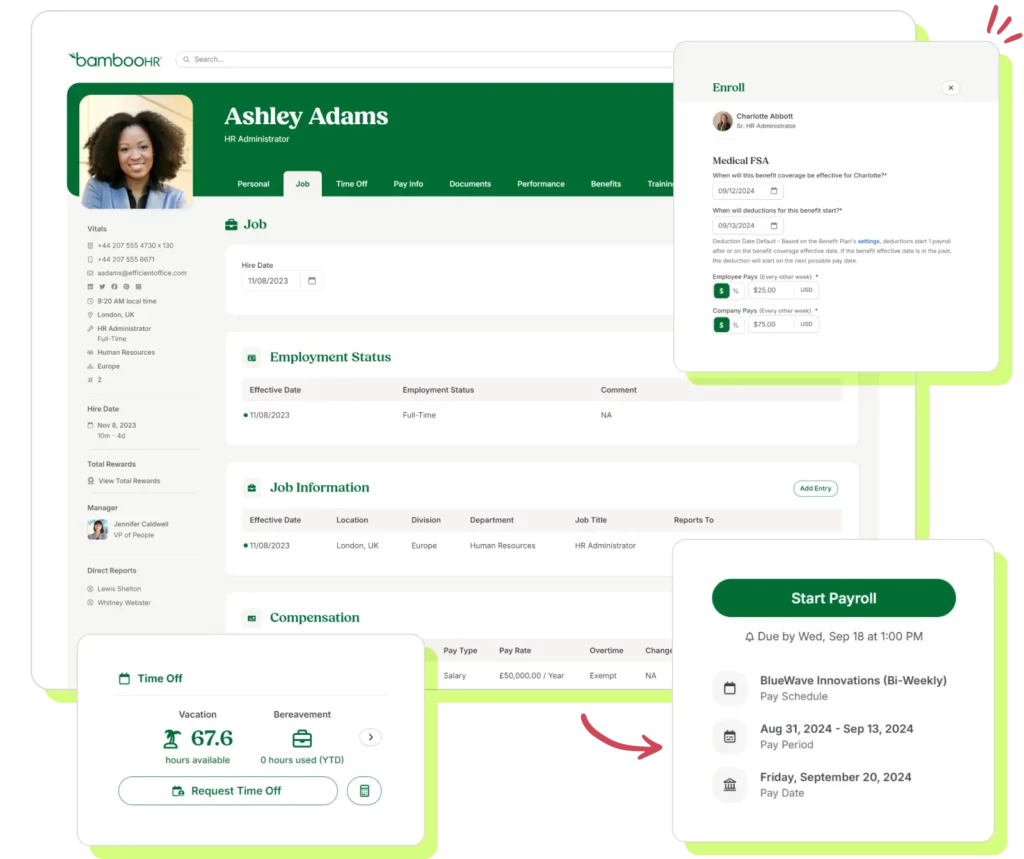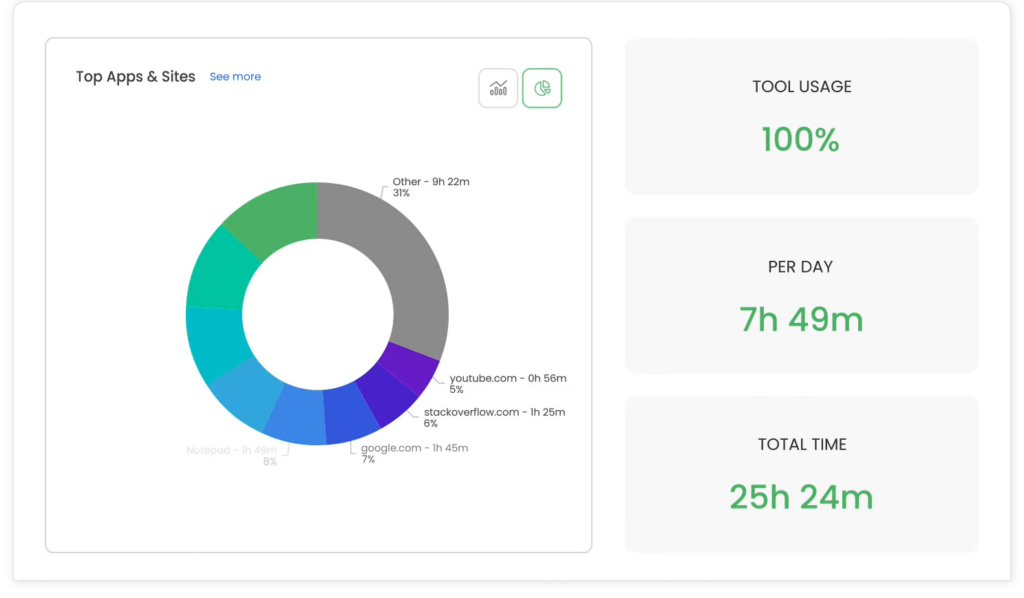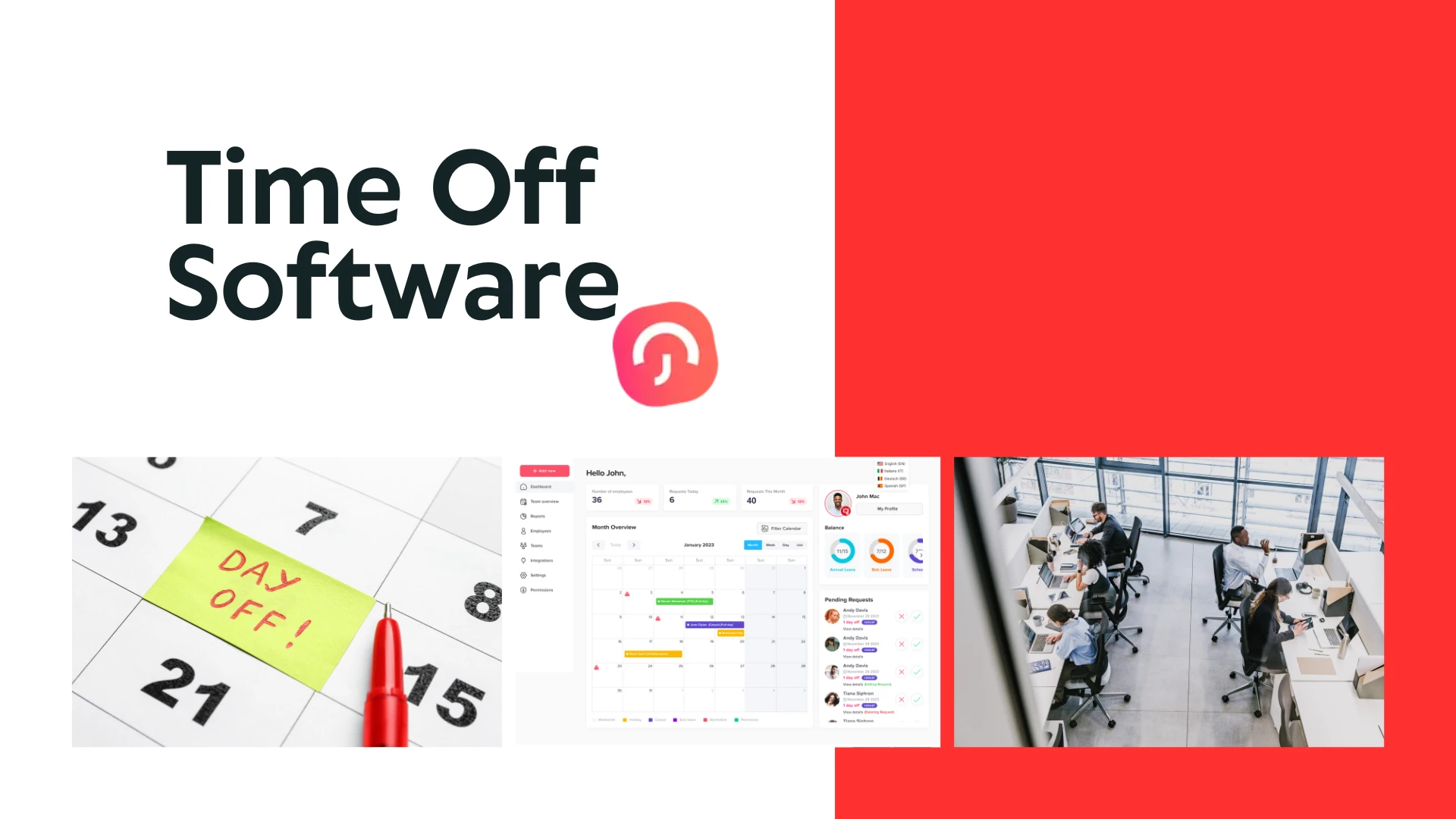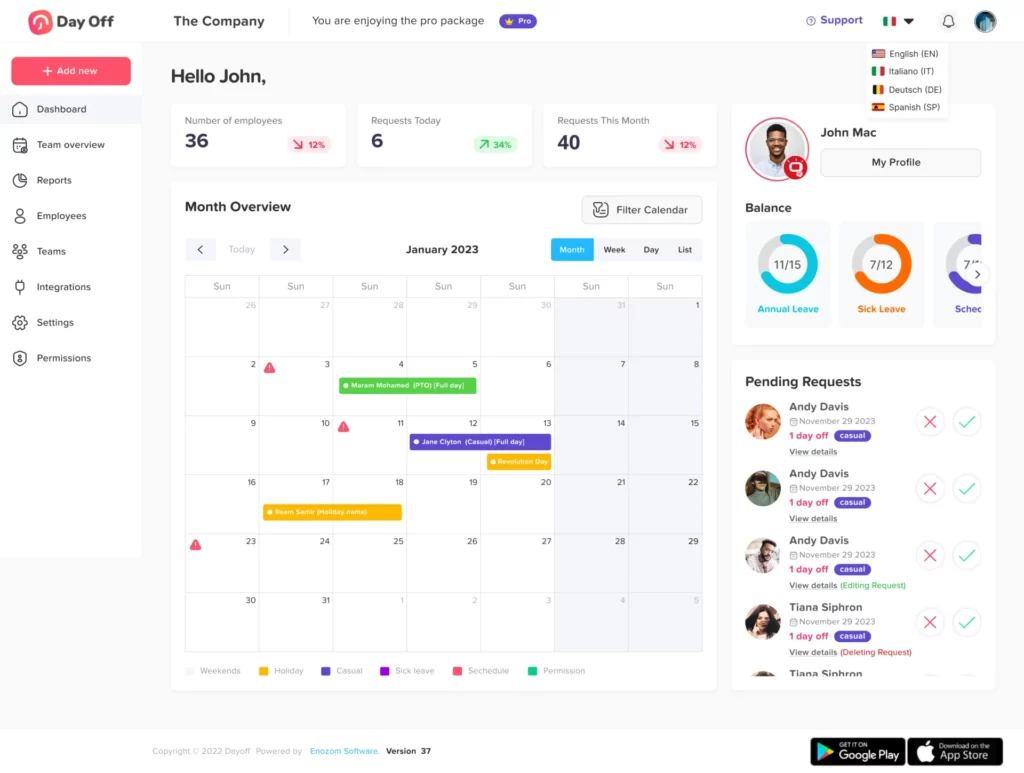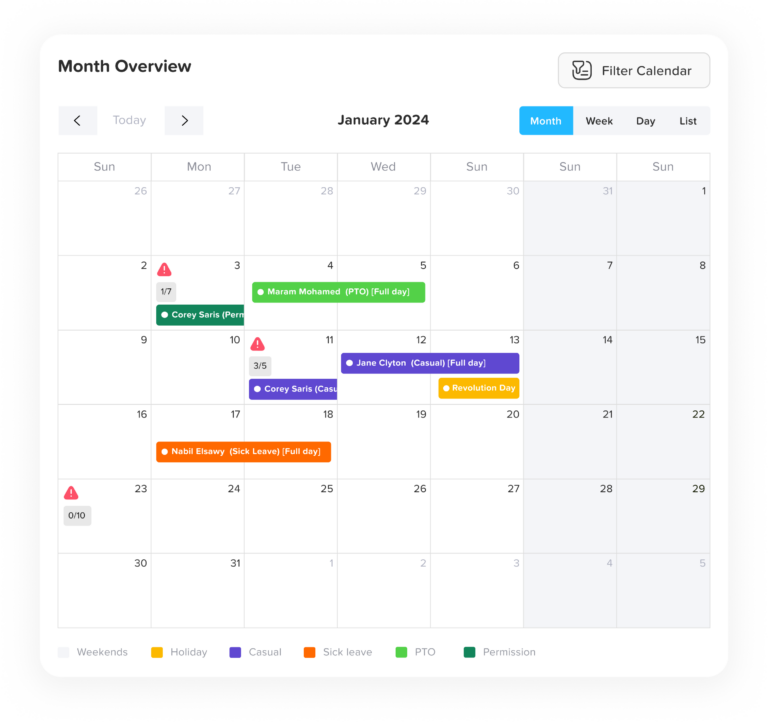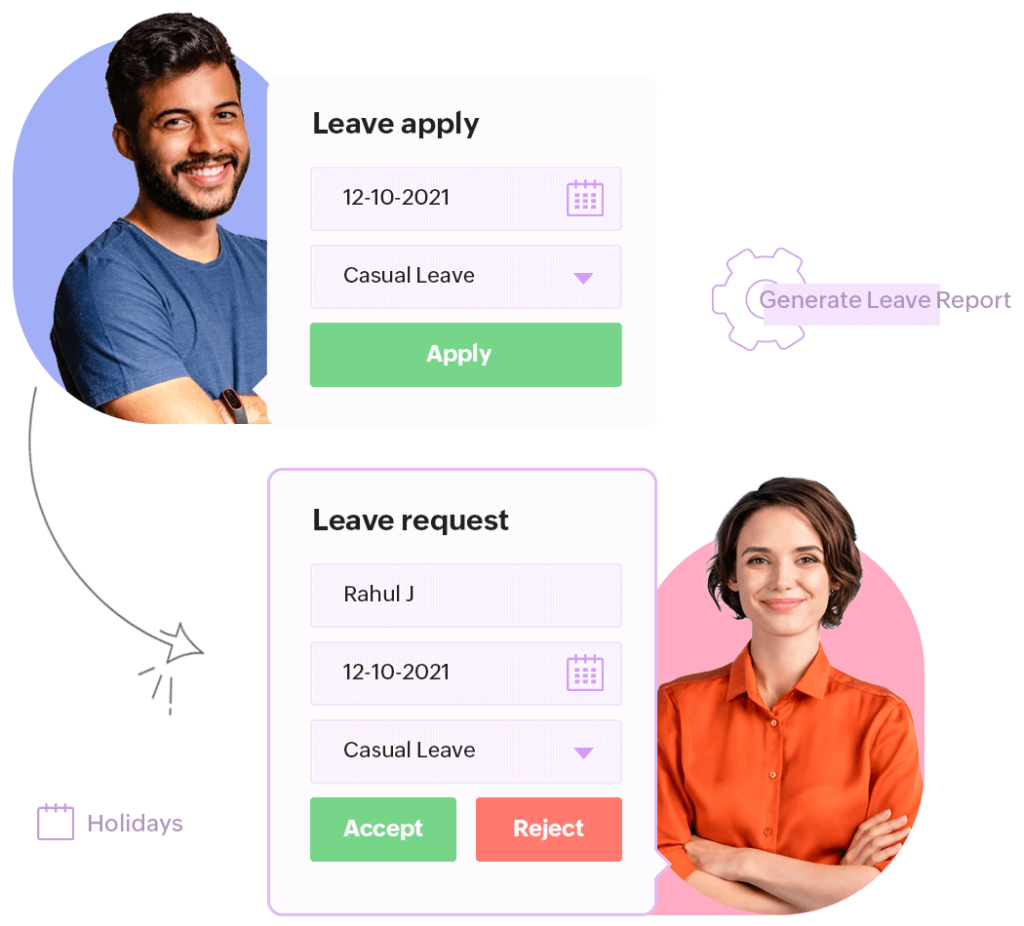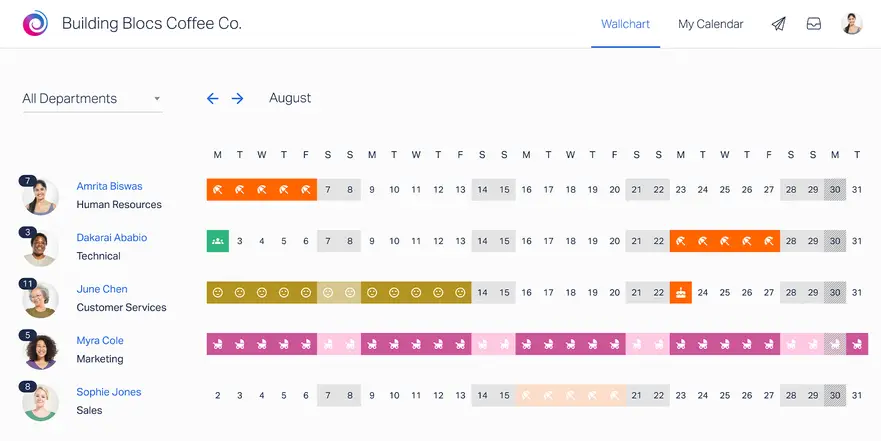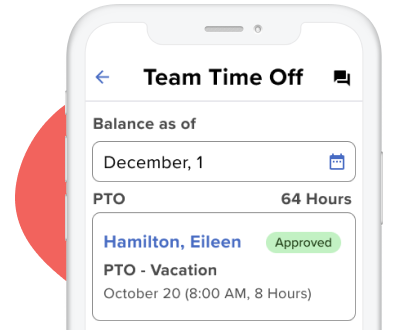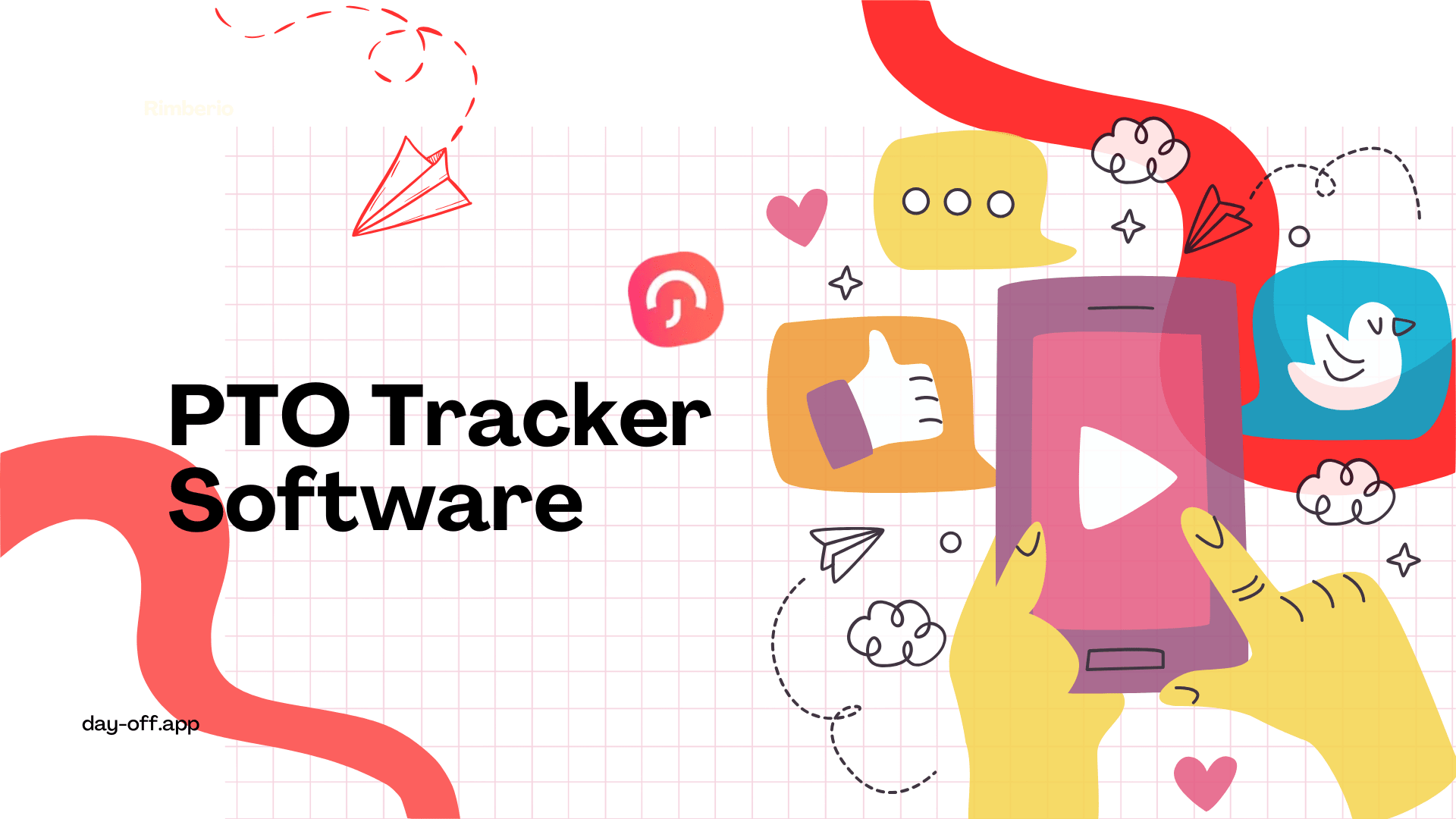Managing employee time off can be a logistical challenge for businesses of all sizes. Whether you’re running a small startup or overseeing a global enterprise, efficiently tracking vacation days, sick leaves, and personal time off (PTO) is crucial for ensuring smooth operations and employee satisfaction. That’s where vacation tracking software comes in. These tools automate and simplify leave management, saving time, reducing errors, and ensuring compliance with labor laws.
In this article, we will delve deeply into the world of vacation tracker software, discuss its features and benefits, and highlight how Day Off is setting a new standard in this space.
What is Vacation Tracking Software?
Vacation tracking software is a specialized tool designed to help organizations manage employee leave requests, monitor available PTO, and maintain accurate records. These systems streamline what is often a tedious and error-prone process by automating tasks, reducing the reliance on manual methods like spreadsheets, and providing transparency for employees and managers alike.
Instead of juggling calendars, emails, and approval requests, businesses can use vacation tracker software to centralize all leave-related data. The software typically offers features like:
Request submission and approval workflows
Leave policy customization
Automatic tracking of accrued and used leave
Integration with payroll and HR systems
Why Do Businesses Need It?
Simplified Leave Management
Manual leave management often leads to errors like double bookings or overlooked requests. A dedicated vacation tracker centralizes all leave requests, ensuring they are logged, processed, and tracked accurately. This eliminates confusion and minimizes the risk of mistakes.
Enhanced Team Productivity
A clear overview of employee availability helps managers allocate resources efficiently, ensuring the team is neither understaffed during critical times nor overloaded. This proactive approach to planning boosts overall team productivity and morale.
Compliance with Labor Laws
Vacation tracking software ensures adherence to regional labor laws and company policies by automatically flagging potential compliance issues. This not only mitigates the risk of legal penalties but also builds trust and fairness in the workplace.
Boosted Employee Satisfaction
A transparent and easy-to-use leave management system empowers employees to manage their time off with confidence. By fostering a culture of fairness and balance, it contributes to improved job satisfaction, engagement, and overall well-being.
Key Features of Vacation Tracker Software
Here are key features to consider in vacation tracking software, and how Day Off effectively delivers on each of them.
Intuitive Leave Request and Approval Workflow
The core of any vacation tracker is its leave request and approval system. Employees should be able to easily submit requests for time off, and managers should be able to approve or reject these requests without unnecessary delays.
Day Off simplifies this process with its user-friendly interface. Employees can submit requests in a matter of seconds, and managers are notified instantly, enabling real-time approvals.
Customizable Leave Policies
Every company has unique policies governing vacation days, sick leave, and other types of PTO. A good vacation tracker should allow customization to reflect these policies accurately.
With Day Off, businesses can set up tailored leave rules for different departments, locations, or employee types. For instance, some employees might earn vacation days based on tenure, while others might operate on a fixed allowance. Day Off App can handle it all.
Accurate Tracking and Reporting
Tracking available, used, and accrued leave balances is vital for both employees and HR departments. Advanced reporting features also provide insights into leave trends, helping management make informed decisions.
Day Off excels in this area by offering robust tracking and reporting tools. Employees can view their remaining balances at any time, and HR teams can generate detailed reports on leave usage and trends.
Integration with Existing Tools
To streamline workflows, vacation tracking software should integrate seamlessly with the tools your organization already uses, such as payroll systems, calendar apps, and communication platforms.
Day Off integrates with popular platforms like Google Calendar, Slack, and Microsoft Teams, ensuring that leave schedules are always visible to the right people. These integrations eliminate the need for duplicate data entry and ensure everyone is on the same page.
Mobile Accessibility
In today’s mobile-driven world, employees need to access leave management tools from anywhere. A mobile-friendly solution ensures that even remote or traveling employees can submit and manage their time off.
Day Off offers a fully functional mobile app, allowing users to request and approve leaves, check balances, and stay updated on team schedules directly from their smartphones.
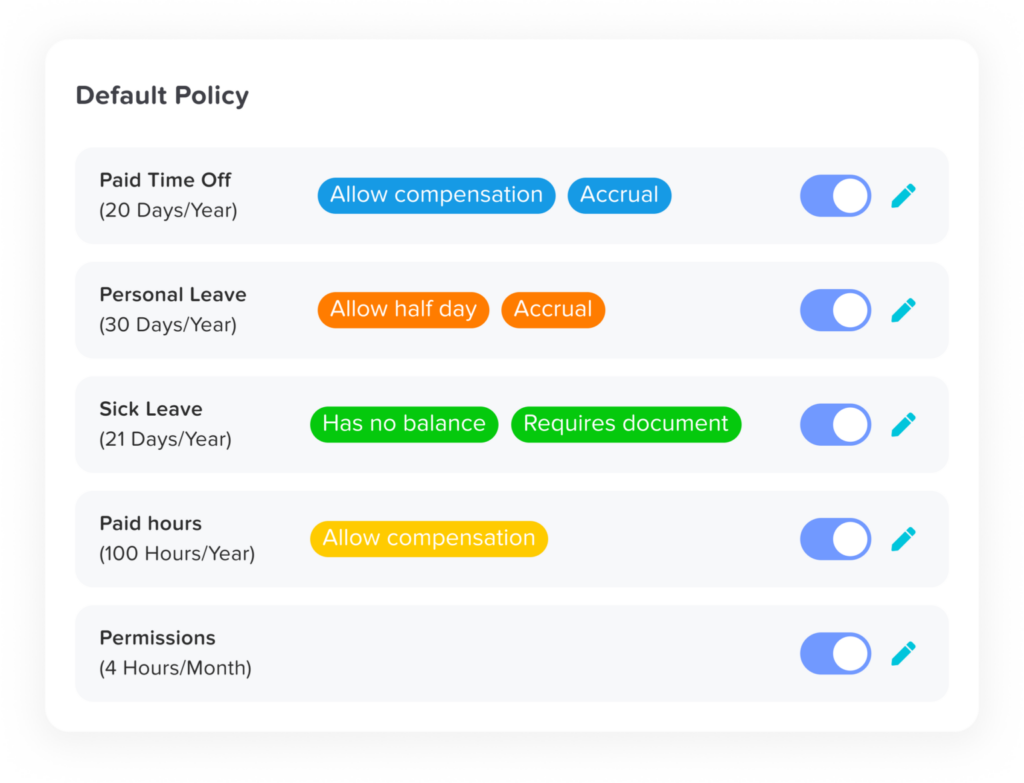
Why Choose Day Off Over Competitors?
When selecting a vacation tracker, you’ll find numerous options on the market. However, Day Off sets itself apart with a unique blend of simplicity, affordability, and versatility. Here’s why it’s the best choice for your business:
Unmatched Ease of Use
Unlike other HR tools that overwhelm users with complexity, Day Off prioritizes simplicity. Its clean, intuitive interface ensures that anyone, tech-savvy or not, can navigate the platform effortlessly. With minimal setup and no steep learning curve, teams can start managing leave efficiently from day one.
Affordable Pricing for Growing Businesses
Budget constraints shouldn’t limit access to quality tools. Day Off offers highly competitive pricing plans, making it an ideal solution for small and medium-sized businesses. With all the essential features packed into affordable plans, companies can enjoy robust leave management without exceeding their budgets.
Tailored for Global Teams
Managing leave policies across regions with differing labor laws can be complex for international teams. Day Off simplifies this challenge by offering support for multi-location policies, ensuring seamless leave management regardless of where your employees are located. It’s a perfect fit for businesses operating across borders.
Outstanding Customer Support
Great software is backed by great service. Day Off delivers top-notch, responsive customer support to help you tackle any issues swiftly. Whether it’s setup guidance or troubleshooting, their team is ready to ensure a hassle-free experience.
With Day Off, you’re not just getting a vacation tracker, you’re investing in a solution designed to streamline leave management while supporting your team’s needs at every step.
Startup
- 25 Employees
- Single Approver
- Three Policies
- Unlimited Team
- Unlimited Locations
How to Get Started with Day Off Vacation Tracker
Implementing Day Off in your organization is simple and fast. By following a few easy steps, you can streamline your leave management process and ensure everyone stays on the same page.
Sign Up
Visit Day Off and create your account. The sign-up process is quick, so you can start setting up your leave management system within minutes.
Customize Your Account
Tailor the platform to match your organization’s specific needs:
Define Leave Policies: Set company-specific rules, including leave types, accrual rates, and approval workflows.
Add Employees: Invite team members and assign them to departments or roles for easy management.
Integrate Tools: Connect Day Off with your existing HR, payroll, or calendar software to ensure seamless synchronization across your systems.
Introduce the Platform to Your Team
Help your employees get started with a short demo or a quick guide. This ensures everyone knows how to:
Submit leave requests effortlessly
Check their leave balances in real time
Track approvals and manage their personal time-off schedules
Start Tracking Leave Effortlessly
Once your account is set up, employees can begin submitting requests immediately. Managers benefit from a centralized dashboard to view, approve, and manage all leave data at a glance.
With Day Off, leave management becomes simple and stress-free, allowing you and your team to focus on what truly matters: growing your business and keeping your workforce happy and productive.
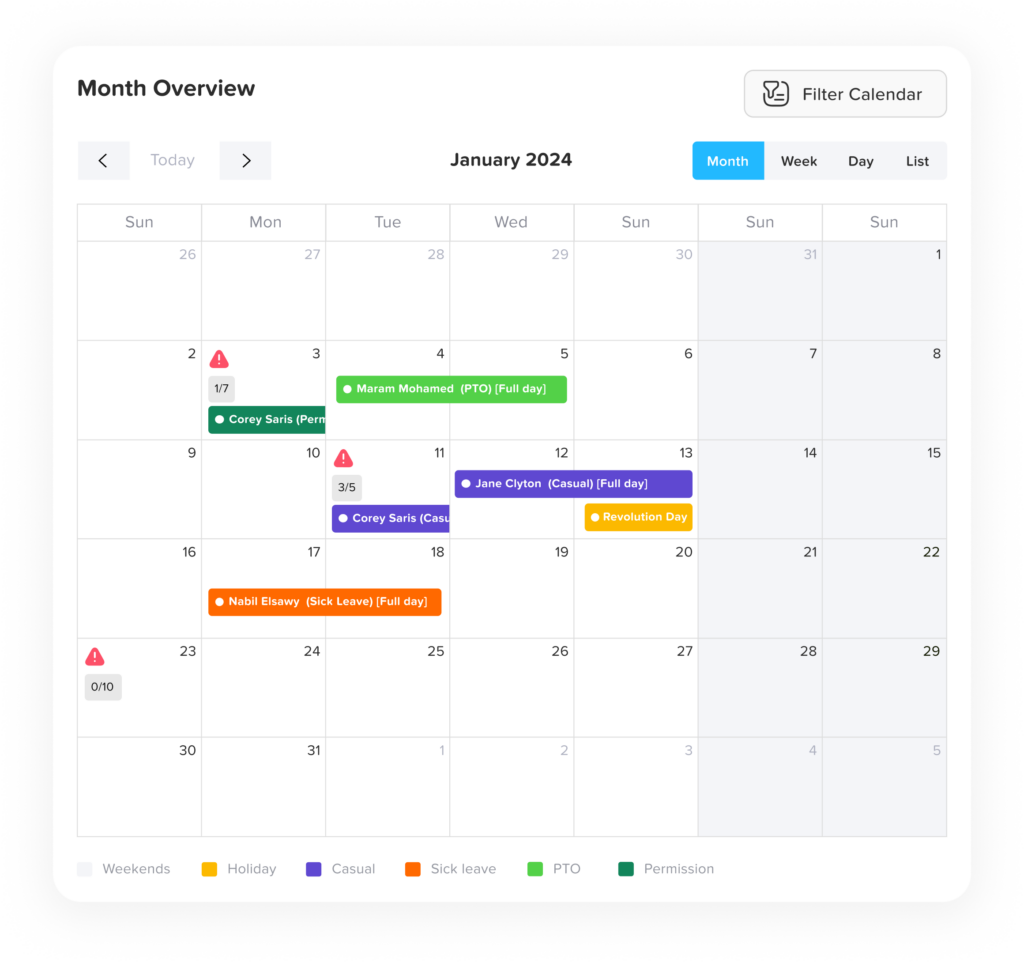
The Future of Vacation Tracking
As workplaces continue to evolve, so do the tools that empower them. Vacation tracking software is becoming increasingly sophisticated, leveraging AI-powered insights and advanced automation to revolutionize leave management. Day Off is leading this transformation, continually enhancing its features to keep you ahead of the curve.
What’s Next for Day Off?
AI-Powered Predictive Analytics: Anticipate staffing needs with precision. Future updates may include AI-driven insights that analyze historical leave trends and business demands, helping managers plan schedules more effectively to prevent understaffing or overstaffing during critical periods.
Advanced Compliance Automation: Navigating complex labor laws can be daunting, especially for global teams. Upcoming features could include advanced automation to handle compliance seamlessly, flag policy conflicts, and adapt to regional regulations with ease.
Expanded Integrations: Day Off is committed to fitting seamlessly into your existing workflows. Expect deeper integrations with popular tools like project management software, HR systems, and communication platforms, ensuring leave data syncs effortlessly across your tech ecosystem.
Enhanced Employee Experience: Future enhancements might focus on creating an even more user-friendly experience, including self-service features powered by AI chatbots, personalized leave recommendations, and real-time updates for better transparency and satisfaction.
By staying at the forefront of innovation, Day Off Vacation tracker Software ensures that your leave management system grows alongside your organization’s needs, helping you work smarter and more efficiently.
Frequently Asked Questions About PTO Tracking Software
What is employee burnout, and why is it a concern for businesses?
Employee burnout is a state of physical, emotional, and mental exhaustion caused by prolonged workplace stress. It can lead to lower productivity, higher absenteeism, reduced engagement, and increased turnover. For businesses, burnout impacts team performance, morale, and overall profitability, making it essential to address proactively.
How does PTO tracking software help reduce employee burnout?
PTO tracking software makes it easier for employees to plan and take regular time off. By simplifying requests, automating approvals, and providing clear visibility of available leave, it encourages rest and prevents overwork. Managers can also monitor workloads to ensure no one is overburdened, supporting a healthier work-life balance.
Why is an automated PTO system better than manual tracking?
Manual tracking is prone to errors, delays, and confusion. An automated PTO system ensures real-time leave balances, integrates with calendars, automates approvals, and keeps all records centralized. This reduces HR workload, eliminates miscommunication, and makes the process faster, accurate, and transparent.
Can PTO tracking software improve employee retention?
Yes. When employees know they can request time off easily and trust that their leave will be handled fairly, they feel valued and supported. This fosters loyalty, improves morale, and increases overall job satisfaction, which in turn reduces turnover and helps retain top talent.
Is PTO tracking software suitable for small businesses?
Absolutely. PTO tracking systems are scalable and can be tailored to fit teams of any size. Small businesses save time by reducing manual tracking, while growing companies can manage multiple policies, departments, and locations efficiently without extra administrative burden.
What types of leave can be managed with PTO tracking software?
Modern PTO systems can handle a wide range of leave types, including annual leave, sick leave, maternity/paternity leave, personal days, volunteer time, study leave, and any custom leave categories defined by your organization.
How does PTO tracking software support remote and hybrid teams?
Remote and hybrid employees often struggle to disconnect from work. PTO tracking software provides visibility into leave balances, structured approval workflows, and real-time updates. Employees can request leave from anywhere, and managers can ensure proper coverage and reduce scheduling conflicts.
Does PTO tracking software integrate with tools we already use?
Yes. Most platforms integrate seamlessly with popular business tools such as Google Calendar, Outlook, Slack, and Microsoft Teams. Approved leave automatically syncs across these systems, keeping everyone aligned and preventing scheduling issues.
Can a PTO system handle multiple locations or international teams?
Yes. Advanced PTO systems account for different time zones, regional public holidays, and local labor laws. This ensures compliance and fairness for teams spread across multiple offices or countries, simplifying global leave management.
Can the system track accruals, carryovers, and unused leave automatically?
Absolutely. PTO software can automatically calculate accruals, apply carryover rules, and enforce caps or “use-it-or-lose-it” policies. This eliminates manual calculations and ensures consistent, accurate tracking.
Can managers forecast team availability and prevent scheduling conflicts?
Yes. Dashboards and calendars show upcoming leave for the entire team. Managers can see who will be off, avoid overlapping absences, and plan workloads effectively, ensuring smooth operations even during peak periods.
Is employee self-service supported?
Yes. Employees can request leave, view balances, and check approval status via web or mobile apps. Self-service empowers staff, reduces HR workload, and improves transparency and communication.
How secure is the data in PTO tracking software?
PTO systems use enterprise-grade security, including encryption, role-based access controls, and compliance with standards like GDPR. Sensitive information such as leave history and personal employee data is kept safe from unauthorized access.
Can PTO tracking software provide insights and analytics?
Yes. Reporting features allow HR and managers to track leave trends, absenteeism, team coverage, and policy compliance. These insights support better decision-making and proactive workforce management.
Can PTO software accommodate different employee types, such as part-time or hourly workers?
Yes. The system can be configured for various employee classifications. Hourly workers accrue leave based on hours worked, while full-time salaried staff receive fixed accruals, ensuring accurate tracking for everyone.
Conclusion
Managing employee time off doesn’t have to be complicated or prone to mistakes. With modern vacation tracking software like Day Off, businesses can streamline leave management, improve accuracy, and enhance transparency for both employees and managers. By automating approvals, tracking balances in real time, and providing clear visibility across teams, these tools save time, reduce errors, and create a more organized and supportive workplace.
Investing in the right system not only simplifies administrative tasks but also boosts employee satisfaction and helps your business run more smoothly.
From streamlining leave requests to ensuring compliance with labor laws, Day Off equips organizations with the tools they need to improve productivity, enhance employee satisfaction, and foster a fair and balanced workplace culture. Its intuitive interface, affordable pricing, global flexibility, and exceptional customer support make it a standout choice for businesses of all sizes.


